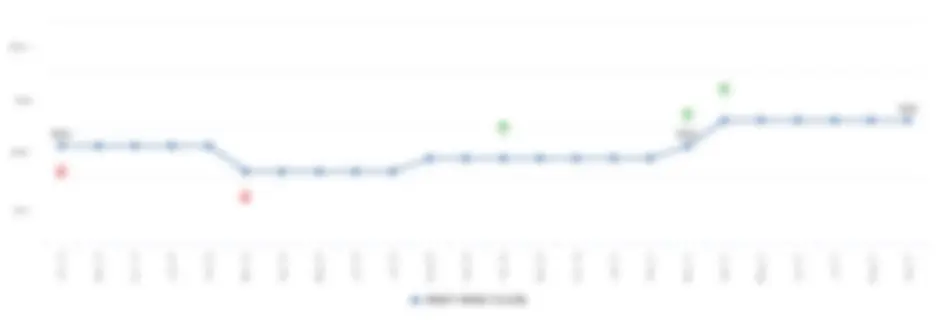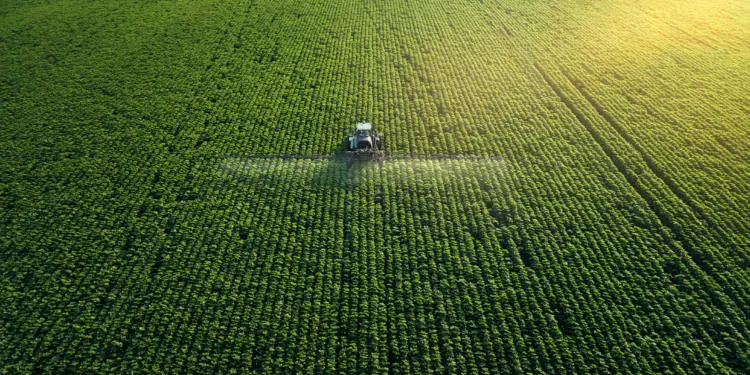Kraft Heinz CEO, Miguel Patricio, says consumers need to get used to higher food prices.
The immediate cause is pandemic-driven stockpiling, reduced planting and a lack of suitable labour. But climate change is a growing issue: poor harvests in Brazil, drought in Russia, and (literally) a plague of locusts in parts of Africa. These factors, combined with fertilizer shortages, higher energy costs and shipping challenges have pushed global food prices to a 10-year high[1].
For broadline, consumer-led food producers, the pandemic brought some benefits: a revival in home cooking boosted demand for basic ingredients aimed at the retail market – even the humble tin of baked beans. And while hospitality is now recovering, eating patterns are changing; there is a growing awareness of the environmental and health impacts of food choices, increasing demand for plant-based products, a focus on food waste, and a push for more visibility over sources and ingredients.
In theory, this creates opportunities for firms like Kraft Heinz provided they can predictably source ingredients in sufficient volume, of the right quality, at reasonable cost. Figure 1 shows the credit profile for Kraft Heinz over the past two years [please continue below to access full report].
Figure 1: Kraft Heinz Credit Trend

[1] UN Food and Agriculture Organisation
Please complete your details to continue reading this report:



